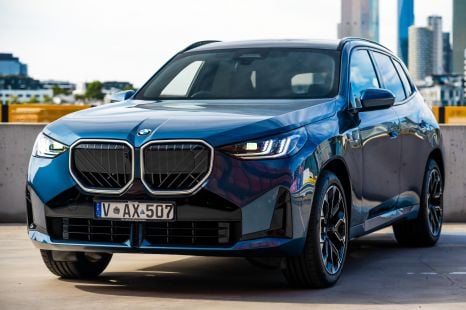

Jack Quick
8.4
5 Days Ago
Did you know BYD had an Australian link as early as the 1990s? Read here to find out all about one of the world's top EV manufacturers.

Marketplace Journalist
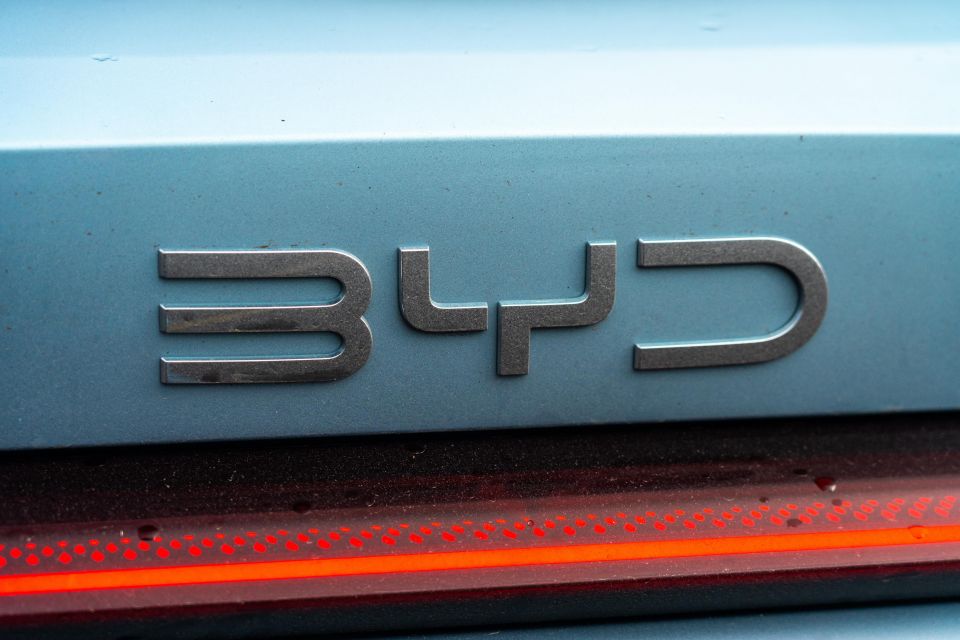

Marketplace Journalist
BYD is one of the many Chinese brands to have made the trek to Australia in recent years, and it has been going from strength to strength since it arrived.
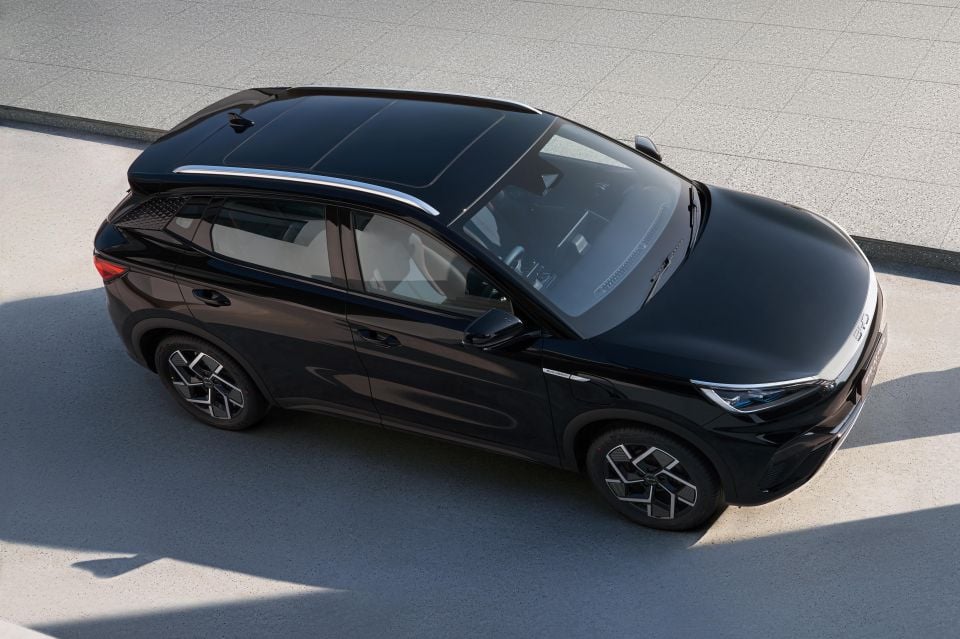
Launching here in 2022 with the Atto 3 SUV, BYD has cemented its place as Australia’s second-highest-selling electric vehicle (EV) manufacturer as of September 2024 – behind only Tesla, with intentions to take down the American giant.
Since the brand launched in Australia it has brought out three more models (two EVs, one plug-in hybrid), which have all been strong sellers despite their short time on the market.
Another plug-in hybrid (PHEV) and EV are right around the corner too, with BYD intending to expand into the ute market with the arrival of its Shark 6 in the coming weeks.
It’s a brand focused entirely on so-called new energy vehicles, with a lineup that comprises entirely EVs and PHEVs. BYD hasn’t produced a pure internal combustion car since 2022, ending such production before it came to Australia.
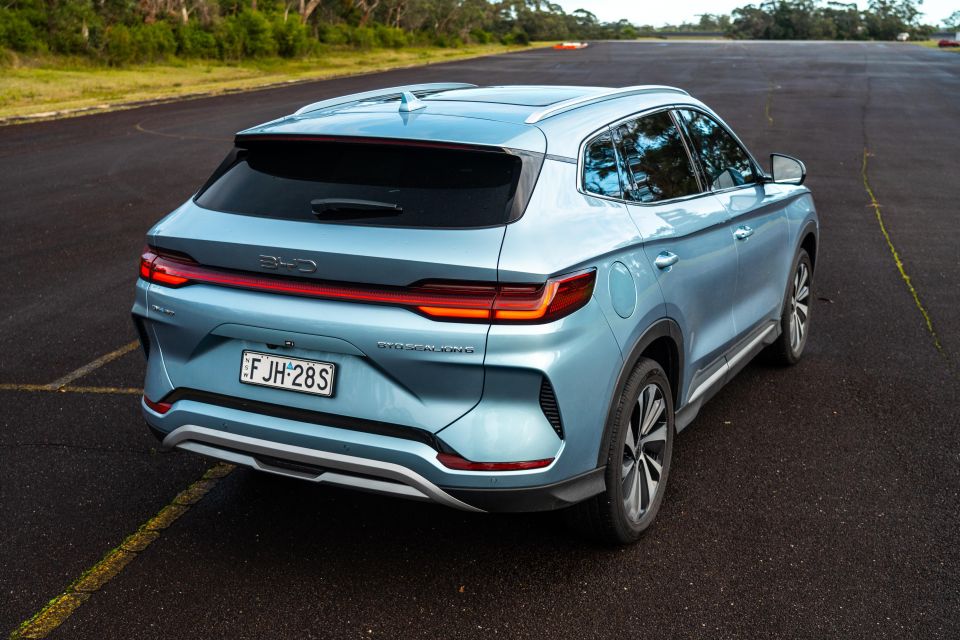
BYD is making strides in the form of record sales both in China and globally, helping it to become China’s top-selling manufacturer in 2023. It also overtook Tesla as the world’s largest electric car manufacturer in the same year.
BYD is now continuing to develop its battery technology for greater efficiency, safety, and range, while also managing its three subsidiaries and their respective model lines.
Never quite understood BYD but want to know what it’s all about? Curious about that supposed Australian link that kickstarted the brand’s current operations?
Here’s everything you need to know about China’s largest car manufacturer, BYD.
Interested in a BYD? CarExpert’s specialists can help get you in touch with a dealer.
MORE: Everything BYD
BYD Auto is a subsidiary of BYD Company, a multinational manufacturing conglomerate headquartered in Shenzhen, Guangdong, China. It was founded by Chinese chemist and entrepreneur Wang Chuanfu in 1995, who went on to found BYD Auto in 2003.
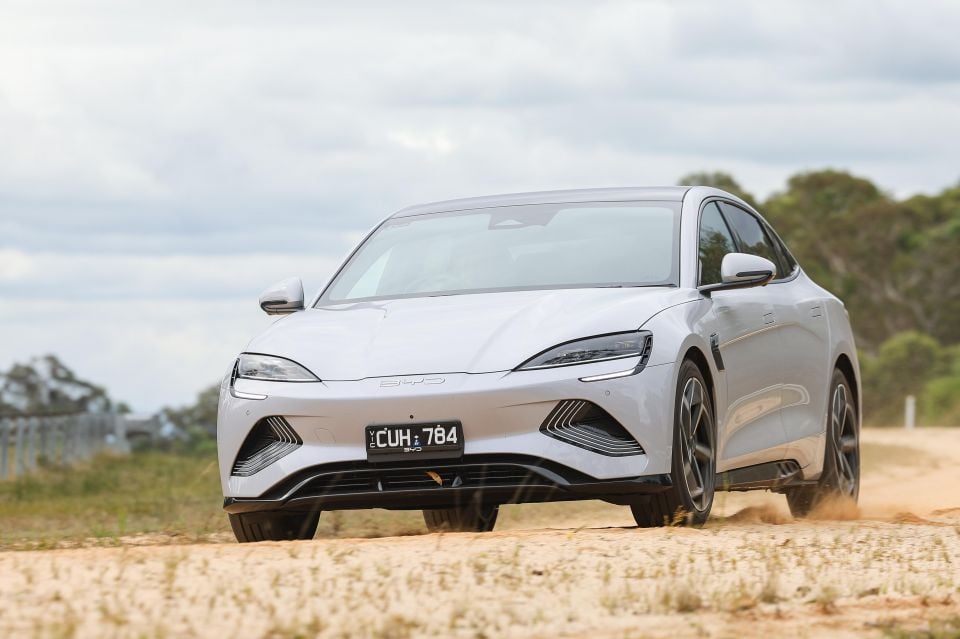
BYD is the pinyin initials of the company’s Chinese name, which is often shortened to 比亚迪 (Biyadi). The company began as Yadi Electronics (named after Yadi Road where the company was once based), though the character “Bi” (pronounced ‘bee’) was added when BYD Company was registered to avoid duplication.
BYD Company was originally founded as a battery manufacturer, and Mr Wang followed it up by founding BYD Auto. He did so by acquiring a dwindling auto manufacturing company called Xi’an Qinchuan Automobile from state-owned defence company Norinco.
His intentions were to leverage BYD Company’s expertise in battery manufacturing to develop EVs under the BYD name.
As Xi’an Qinchuan Automobile had been manufacturing cars since 1987, BYD gained access to car manufacturing technology and an automobile production licence – something that was difficult to obtain at the time.
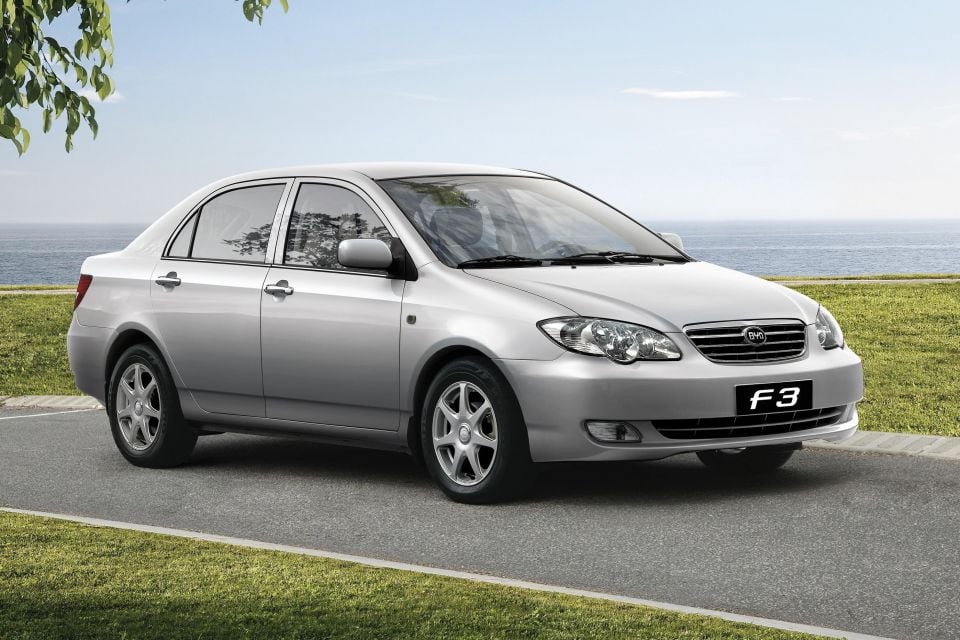
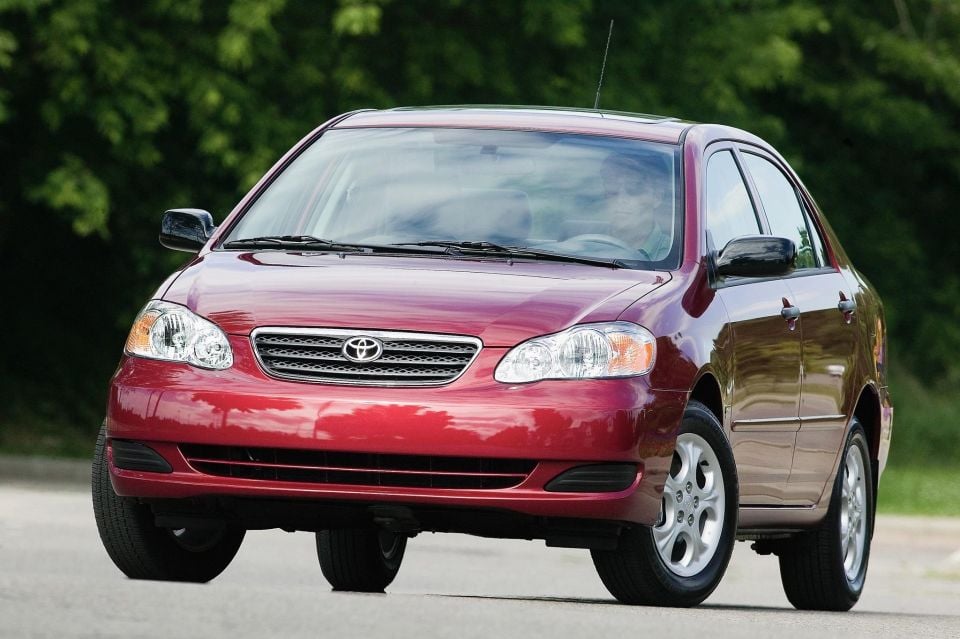
Limited production capacity at the former company’s plant in Xi’an led to BYD’s construction of a new plant in the same city, which was followed by the brand’s first car development project.
Codenamed the 316, the car was reportedly rejected by dealers due to poor styling and was scrapped before going on sale, with Mr Wang destroying the prototype himself. The decision resulted in a loss of 100 million Chinese yuan (around A$20 million) in research and development expenses.
BYD launched its first car, the F3, in 2005, bearing strong resemblance to the ninth-generation Toyota Corolla and priced at ¥73,000 (around A$15,000).
It was followed by the larger BYD F6 in the coming years, which looked like the seventh-generation Honda Accord. Like the F3 and other early BYD cars, the F6 was fitted with a Chinese-built Mitsubishi Motors engine before BYD Auto created its own engines from revised Mitsubishi blueprints.
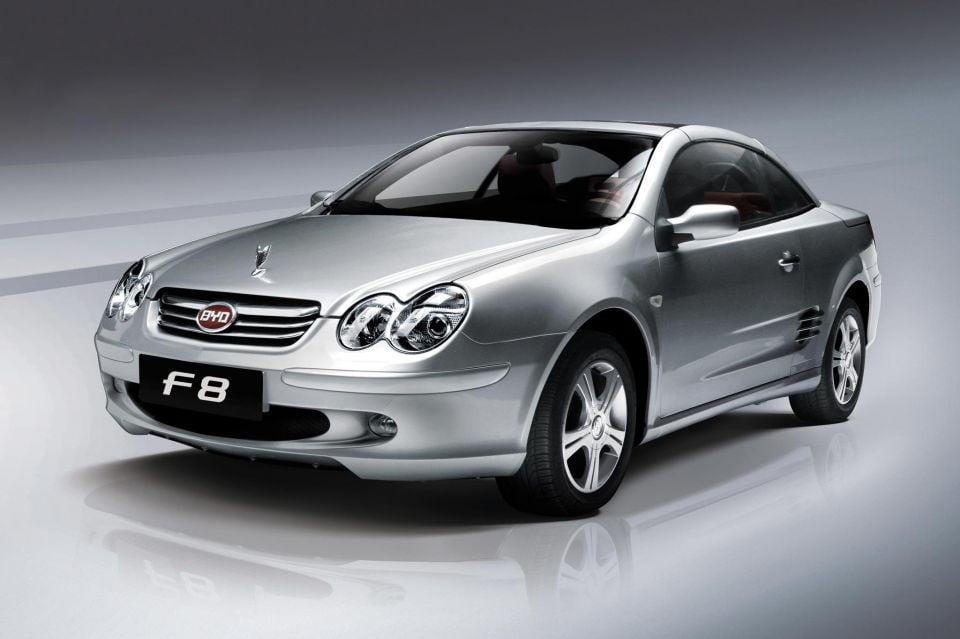

Such a strategy of reverse-engineering competitors’ cars was how BYD Auto grew in its early years. Reports at the time labelled its F0 small car as a copy of the Toyota Aygo, the S6 a Lexus RX clone, and the F8/S8 similar to the Mercedes-Benz SL-Class with the rear end of a Renault Megane CC.
Mr Wang responded to the claims by saying the company only used “non-patented technologies”, though in 2009 the United States government had been advised by a consulate that BYD had used an approach of “copying and then modifying car designs”.
Chinese courts eventually ruled BYD had not infringed on any applicable patents and, by 2009, BYD Auto made up more than half of its parent company’s revenue for the first time.
Despite the growth, BYD dealerships reportedly withdrew from multiple Chinese cities in 2010. Issues including excessively rapid expansion, limited model range, and BYD’s focus on quantity over quality were cited as contributing factors, which led to a shift in attention towards improving car quality and dealership channels in the coming years.
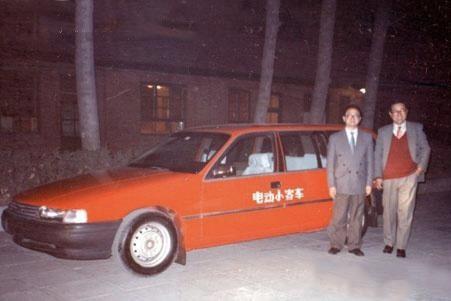
At the same time, BYD was making a push in expanding its EV and plug-in hybrid (PHEV) technology for mass-market production. BYD Company began looking at such vehicles as early as 1997, when Mr Wang purchased a BJ6490D EV made by Beijing Second Auto Works.
That car was built from a knock-down kit of a Holden Commodore VN wagon and powered by golf cart batteries, with a claimed range of around 100km and a top speed of 92km/h. Mr Wang later purchased a second BJ6490D and converted it into a hybrid.
There were then a series of EVs debuted by BYD at several iterations of the Beijing Auto Show, based primarily on the Flyer – an older model acquired from Xi’an Qinchuan Automobile – and the F3, though none made it to production amidst concerns over insufficient charging infrastructure.
In 2008, BYD revealed the F3DM PHEV at the Geneva Motor Show – the world’s first production PHEV. The next year, it rolled out the e6 – its first EV, which used a battery with the codename “Fe”. This was likely a predecessor to today’s “Blade” battery.
The F3DM started life as a fleet vehicle for Chinese governments before opening for retail sales in 2010, thanks to Chinese government subsidies for new energy vehicles. The e6, meanwhile, was sold in the US as a fleet vehicle in limited numbers.
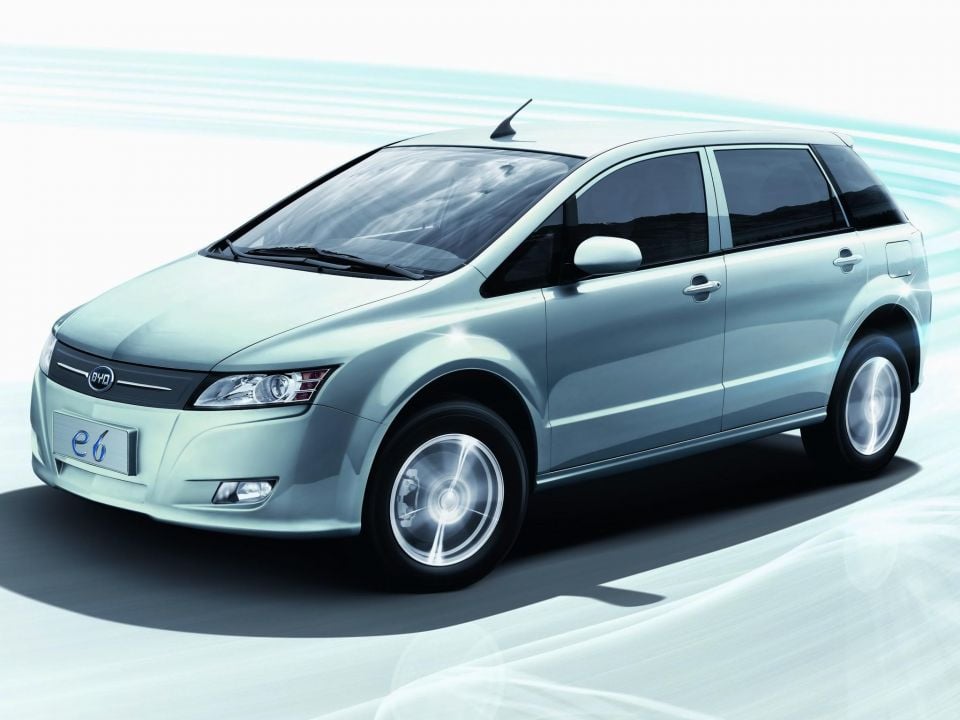
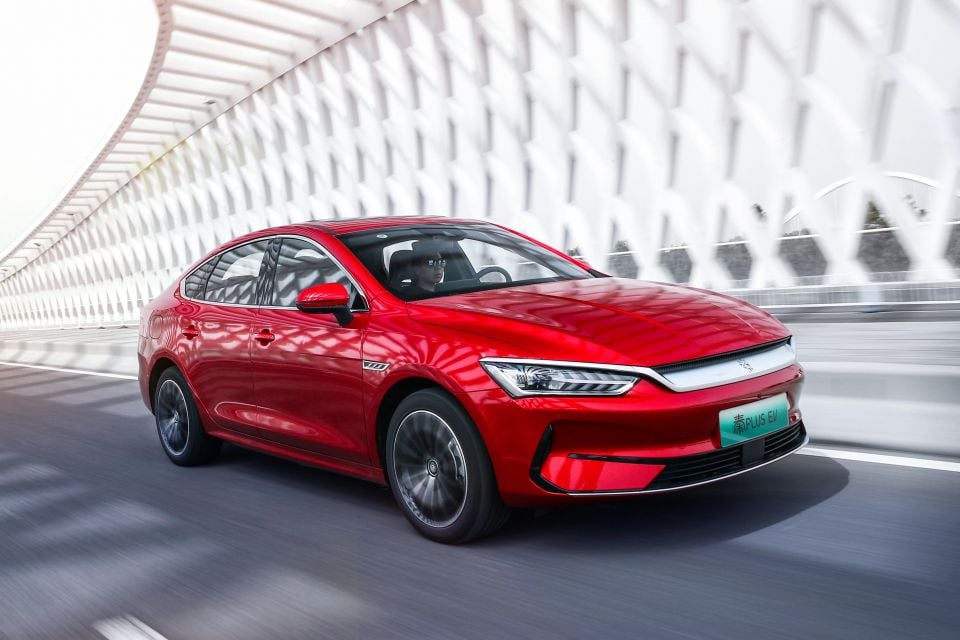
BYD’s Dynasty Series product line launched in 2013 with the Qin, a PHEV intended to replace the F3DM. BYD’s sales continued to grow at this time thanks to improved tech and designs, as seen with the Tang SUV.
Between 2017 and 2019 though, Chinese government subsidies began to slow down. BYD in turn experienced a reduction in sales and a decline in profit over three consecutive years.
Its profit had dropped by nearly ¥4 billion since 2016 (around A$840 million), with Mr Wang stating in 2019 that the company’s primary goal was simply “to survive”.
From 2020 to 2023, BYD experienced a significant surge in vehicle sales and surpassed three million global sales – up from the 2020 figure of 427,302. This was largely due to the increasing market share of new energy vehicles in China.
In the first half of 2022 the company surpassed Tesla as the world’s largest EV manufacturer, and ended its production of pure internal combustion vehicles in March that year. In September 2022, BYD became the first carmaker in China to build one million new energy vehicles in a year.
It then overtook Volkswagen to become the best-selling manufacturer in China in 2023, the first time the German brand had been toppled there since 1986.
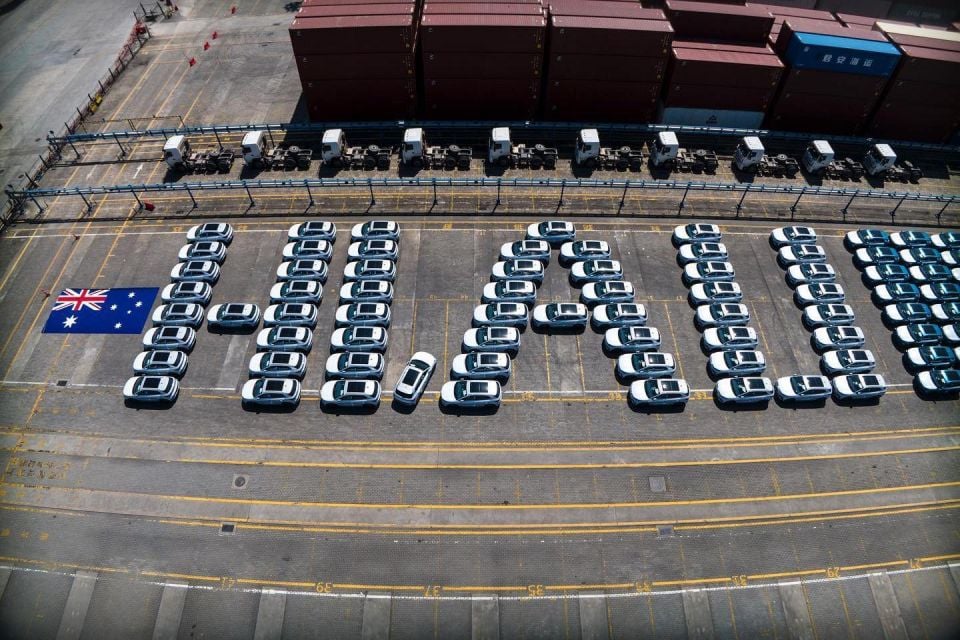
During that growth period, BYD introduced the Ocean Series in 2021 as a more budget-friendly series of EVs. Cars in that series form a large part of BYD’s current lineup, including the majority of its Australian model range.
The company entered Australia in 2022 through a partnership with local distributor EVDirect, and showcased its first right-hand drive Atto 3 in August that year.
BYD’s local launch was delayed by one month due to the Atto 3‘s compliance issues with Australian Design Rules, but it went on to become a top-selling EV in Australia in the next few months. It was followed by the Dolphin and Seal in 2023, as well as the Sealion 6 PHEV in 2024.
BYD is so far Australia’s second-best-selling EV manufacturer in 2024 with a 37.53 per cent increase on the previous year, though it trails Tesla by a considerable margin.
Overseas, BYD continues to manufacturer electric buses for markets including the US, China, and Japan.
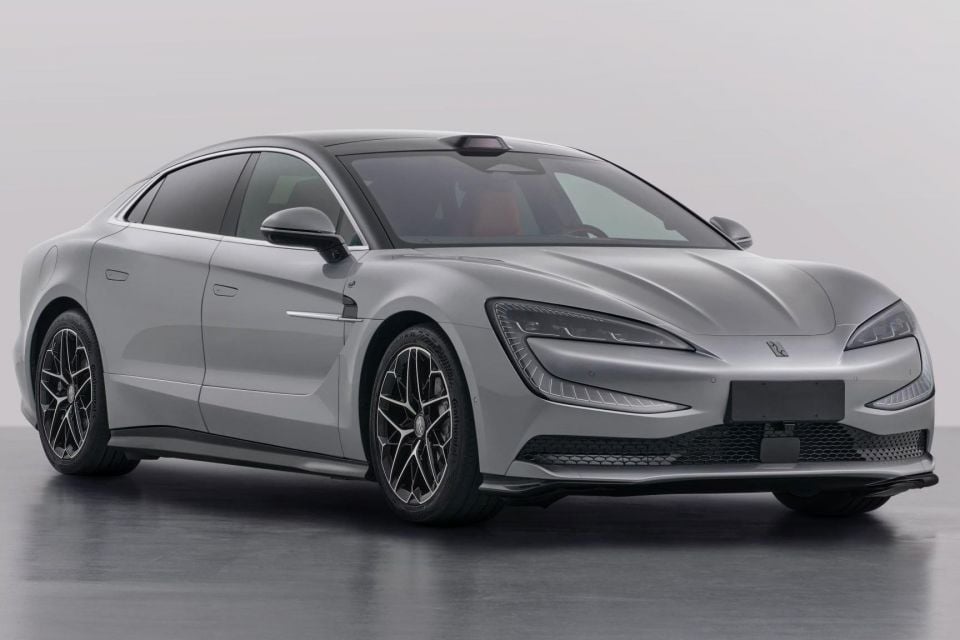
It also continues to operate its three subsidiaries: Denza, for high-end EV research and development; Yangwang, for premium EVs; and Fangchengbao, for off-road vehicles.
BYD now sells vehicles in Asia, North America, South America, Australia and Europe – including countries like Turkey, India, Pakistan, Mexico, and Brazil.
It also operates manufacturing plants in China, Brazil, Hungary, India, Indonesia, Thailand, Turkey, the US, and Uzbekistan. Back home, BYD is involved in joint ventures with brands like Toyota – to produce bZ series EVs for the Chinese market – and Hino.
And if you’re wondering about the “Build Your Dreams” slogan you sometimes see on the back of early Atto 3 models, that was implemented to give meaning to the BYD name. It was dropped in 2023 in response to global criticism.
Interested in a BYD? CarExpert’s specialists can help get you in touch with a dealer.
MORE: Everything BYD
BYD currently sells four models in Australia.
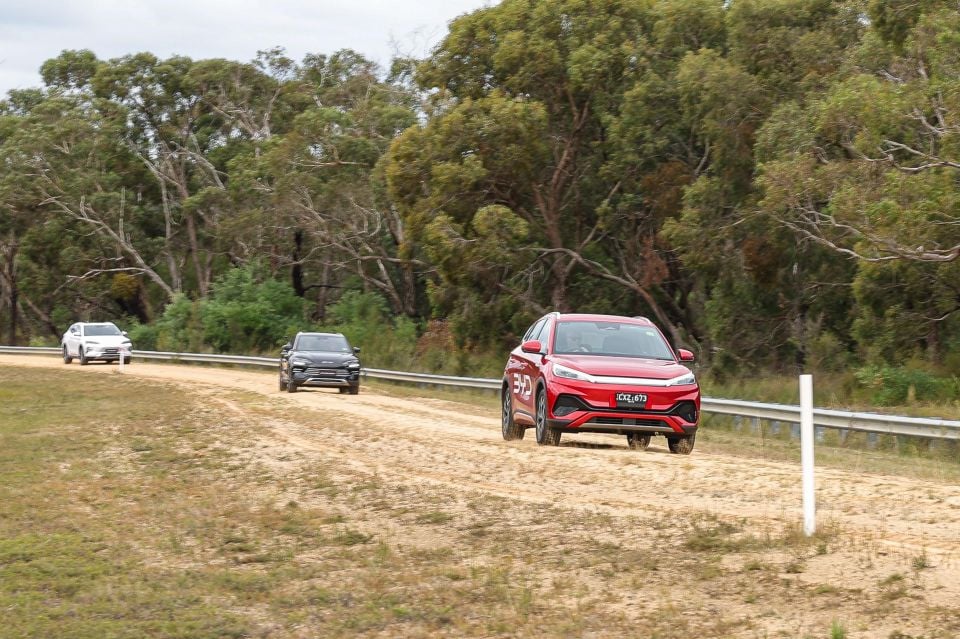
BYD’s Australian lineup is as follows:
| Model | Segment | Price range before on-roads | Sales (Jan-Sep 2024) |
|---|---|---|---|
| BYD Dolphin | Small | $36,890 – $42,890 | 1740 |
| BYD Atto 3 | Medium SUV | $44,499 – $47,499 | 4926 |
| BYD Sealion 6 | Medium SUV | $48,990 – $52,990 | 3207 |
| BYD Seal | Medium | $49,888 – $68,748 | 5308 |
The Dolphin, Atto 3, and Seal are all pure EVs, while the Sealion 6 is a PHEV. As you may have guessed, the animal-themed names are in line with the Ocean Series models currently in production, which also includes the Seagull city car overseas.
All use various versions of BYD’s Blade battery pack, which comprises a lithium iron phosphate construction and is available in various sizes ranging from 18.3kWh in the Sealion 6, to 82.5kWh in the high-grade Seal.
The Dolphin, Atto 3, and Seal offer claimed ranges of up to 427km, 420km, and 570km in their respective extended range variants, with standard range models generally capable of around 80 fewer kilometres.
Unlike in 2023, when the Atto 3 was BYD’s sales leader by a significant margin, the Seal has now taken the top spot. The Sealion 6 is also proving popular, and may close in on the two EV models ahead of it by the end of the year.

As a PHEV, the Sealion 6 is a unique offering for BYD in Australia. It’s available in two grades – one front-wheel drive and the other all-wheel drive.
The Dynamic FWD mates a 1.5-litre four-cylinder petrol engine with a single front-mounted electric motor, which is fed by a 18.3kWh Blade battery. It has a claimed fuel economy of 1.1L/100km and an electric-only driving range of 92km.
For more money you can opt for the Premium AWD, which adds a turbocharger and a second electric motor mounted on the rear axle. It utilises the same battery, with a claimed fuel economy of 1.4L/100km and an EV-only range of 81km.
Interested in a BYD? CarExpert’s specialists can help get you in touch with a dealer.
MORE: Everything BYD
BYD’s primary competitor in Australia is Tesla, given the American brand’s local sales domination.
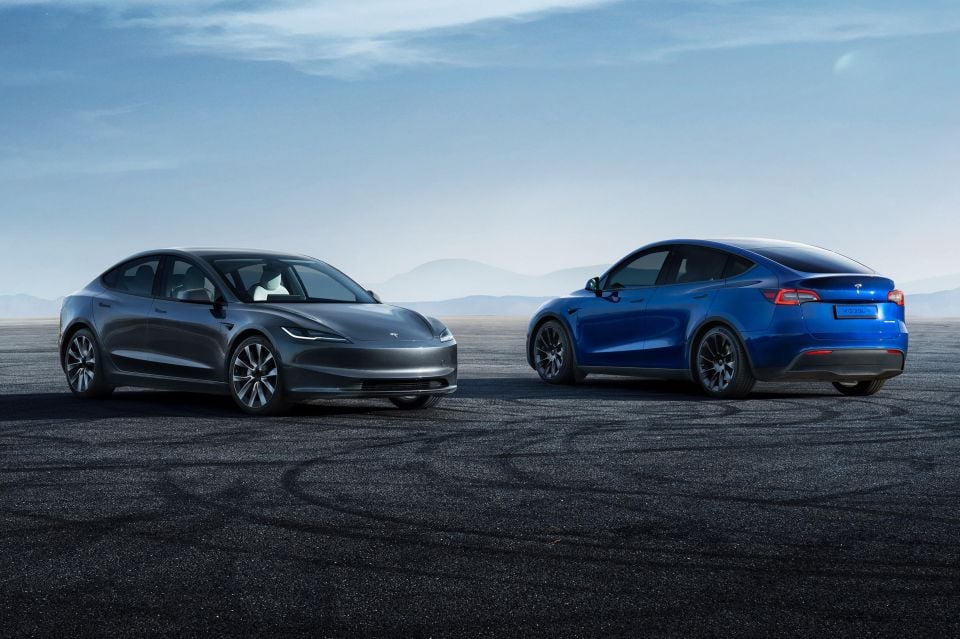
Tesla only sells two models in Australia, and both are built in China. Those are the Model 3 sedan and Model Y SUV, which have sold 14,053 and 16,697 units in Australia respectively so far this year.
BYD’s best placed competitor for the Model 3 is the Seal, which has recorded 5308 sales so far this year. Against the Model Y is the Atto 3, with 4926 sales to the end of September this year.
Compared to Tesla though, BYD’s sales are growing considerably every year. BYD’s total sales to the end of September are up 74.4 per cent compared to the same time last year, while Tesla’s are down 19.08 per cent.
Though that’s largely due to the arrival of the Sealion 6 PHEV, BYD’s EV sales alone are also up 37.53 per cent year-to-date.
All three Seal variants undercut their respective Model 3 variants by several thousand dollars on price, while even the most expensive Atto 3 is nearly $10,000 cheaper than the cheapest Model Y.
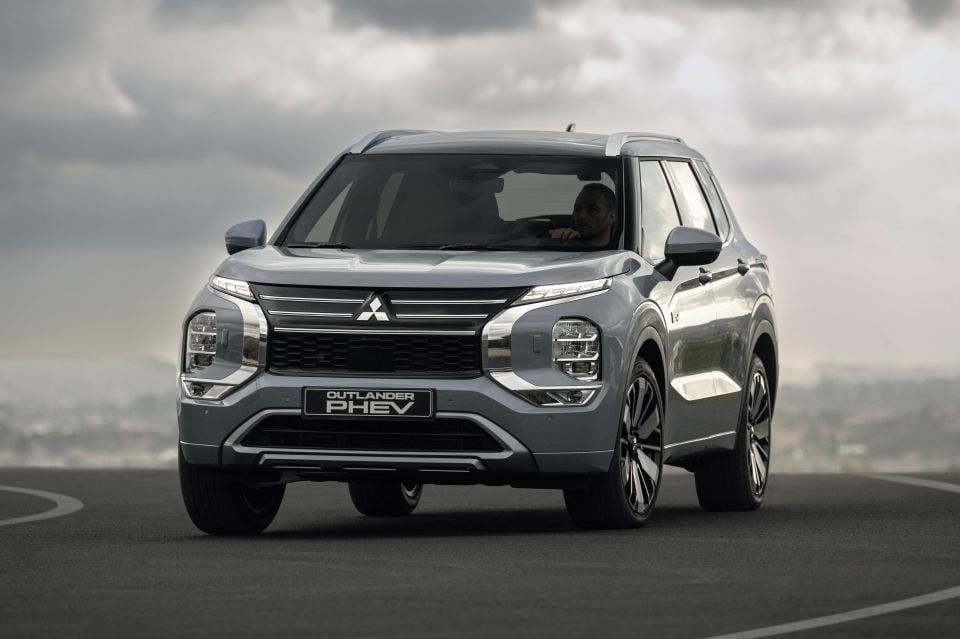
As the Sealion 6 is a unique offering in Australia by being the brand’s sole PHEV, its competitors are limited. It’s a mid-size plug-in hybrid SUV, which means it’s best placed to take on the Mitsubishi Outlander PHEV.
The two cars share similar dimensions and EV driving ranges, though the Sealion 6 undercuts the Outlander PHEV on price by a considerable margin.
BYD’s Sealion 6 range is priced from $48,990 to $52,990 before on-road costs, while the Mitsubishi ranges in price from $57,290 to $73,790 before on-roads.
The Outlander has been on sale here much longer than the Sealion 6, and sales figures are greatly in favour of the former. 3207 Sealion 6 units have been sold so far this year, compared to 21,249 Outlanders – though this includes ICE and PHEV sales.
If we compare PHEV for PHEV sales, the Outlander PHEV leads 4438 to 3207, though the BYD only went on sale officially in July-August. By year’s end, that gap could close and even see the Sealion 6 take the lead.
Interested in a BYD? CarExpert’s specialists can help get you in touch with a dealer.
MORE: Everything BYD
BYD’s Australian sales continue to grow.
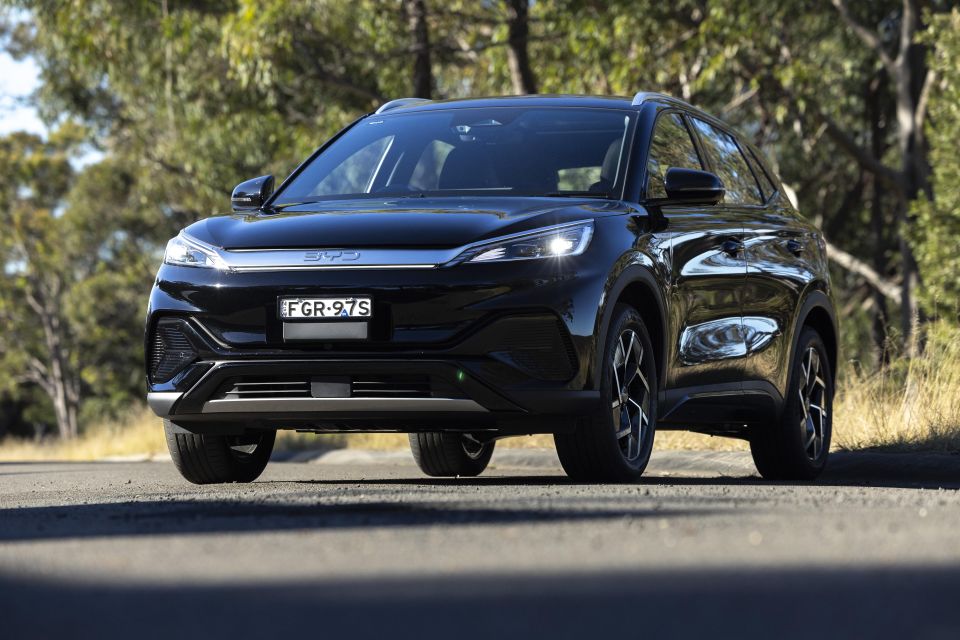
In 2022, its first year Down Under, BYD sold 2113 cars. In 2023, that number skyrocketed to 12,438, and so far this year it’s managed to sell 15,181 units.
That’s a year-to-date increase of 74.4 per cent, with the introduction of the Sealion 6 being a big contributor to the sales boost.
The Seal has also become the brand’s best-selling model, overtaking the 2023 sales-leading Atto 3. That shift is surprising, given consumer trends are heading towards SUVs and away from sedans.
For context, the Medium SUV VFACTS segment – in which the Atto 3 and Sealion 6 sit – has recorded 211,009 total sales in Australia this year, while the Seal’s Medium segment has recorded 41,070.
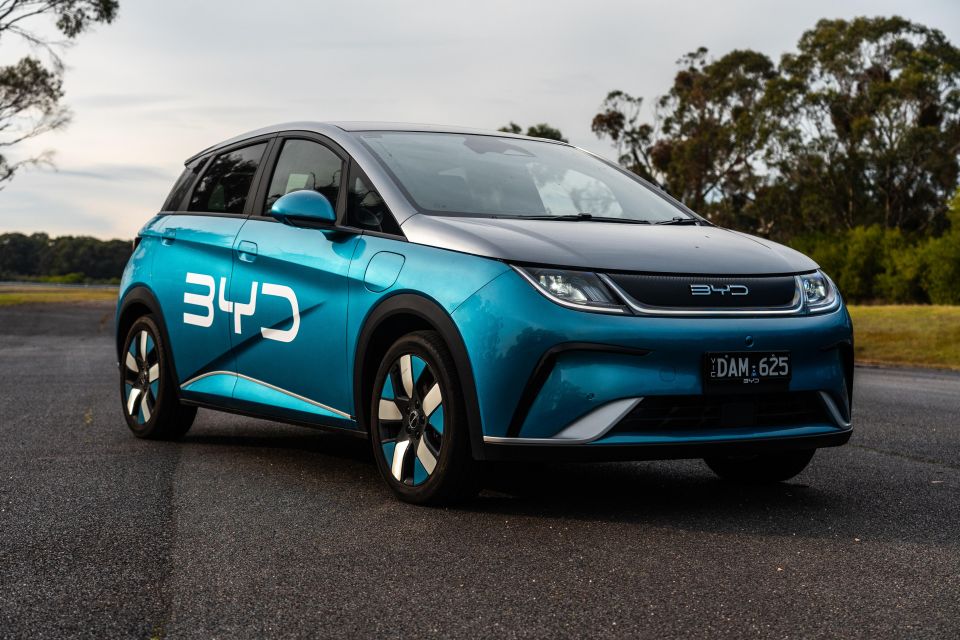
With those figures, BYD has overtaken Mercedes-Benz, Audi, and Honda in sales so far this year. It’s hot on the heels of Suzuki too, but still well behind other established brands like Toyota, Mazda, and even MG.
In terms of other Chinese brands, BYD has double the sales of Chery, but half the sales of GWM.
Interested in a BYD? CarExpert’s specialists can help get you in touch with a dealer.
MORE: Everything BYD
BYD has only two new models confirmed for Australia at the time of writing: another mid-sized electric SUV and a plug-in hybrid ute. There are also a wide range of additional BYD models sold overseas, though it’s unknown whether any of them will eventually be sold here.
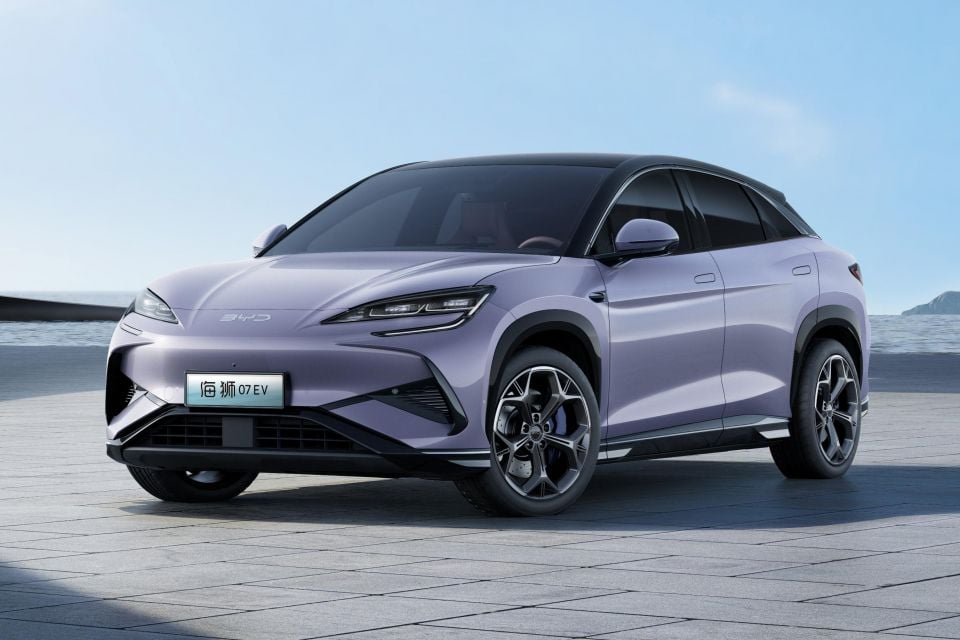
The Sealion 7 is an electric SUV set for an Australian arrival before next year, and it’s expected to take on the Tesla Model Y with similar dimensions.
It’s sold overseas as the Sea Lion 07, and it adopts design elements from the Seal sedan. Built on BYD’s e-platform 3.0 EV architecture (like the Seal), the Sealion 7 is available with either 71.8kWh or 80.64kWh batteries integrated into the car’s structure.
In China, three powertrains are offered: two rear-wheel drive grades with 170kW and 230kW respectively, plus a flagship dual-motor Performance model offering up to 390kW.
Driving range varies from 550km for the base rear-wheel drive and flagship all-wheel drive to 610km in the case of the mid-range, 230kW model – all tested to the lenient CLTC cycle. Its Chinese price undercuts the Model Y while being more expensive than the Seal.
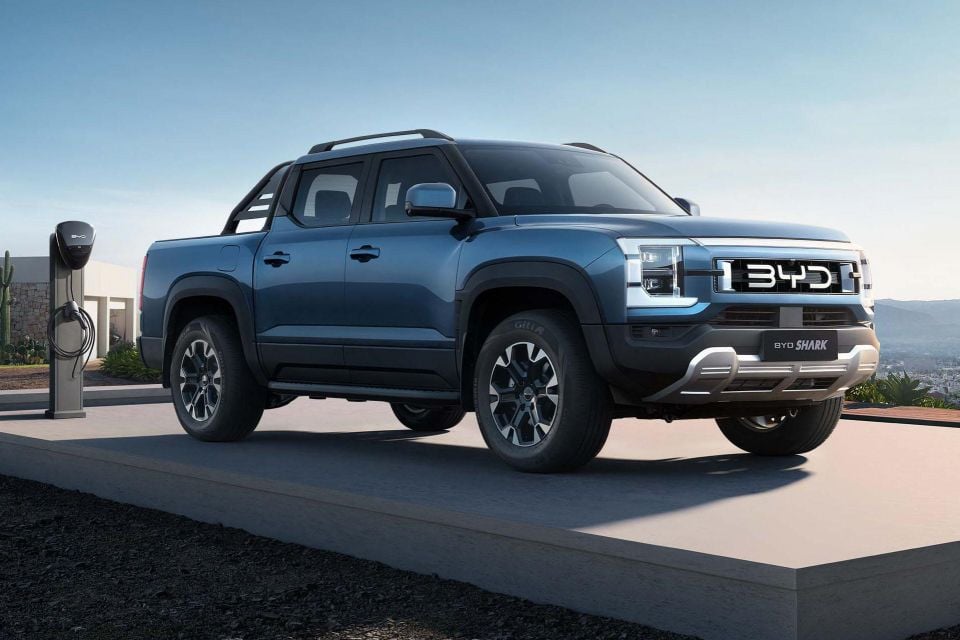
The Shark 6 is BYD’s first ute, and it’s set to be the first ute in Australia with plug-in hybrid power when it goes on sale this month. It’ll take on the Ford Ranger, which is also set to receive the PHEV treatment sometime next year.
It features a 320kW plug-in hybrid drivetrain that includes a 170kW/310Nm electric motor at the front, and a 150kW/340Nm electric motor at the rear.
Equipped with a standard 30kWh battery pack, the BYD Shark 6 is said to have an electric-only range of 100km under the older, more generous NEDC testing protocol. The Shark 6 supports DC fast charging up to 40kW.
In hybrid mode, the Shark 6 is said to have a fuel consumption rating in Mexico of 7.5L/100km. Starting with a fully charged battery, overall fuel consumption is said to be 1.5L/100km and total driving range is claimed to be 850km.
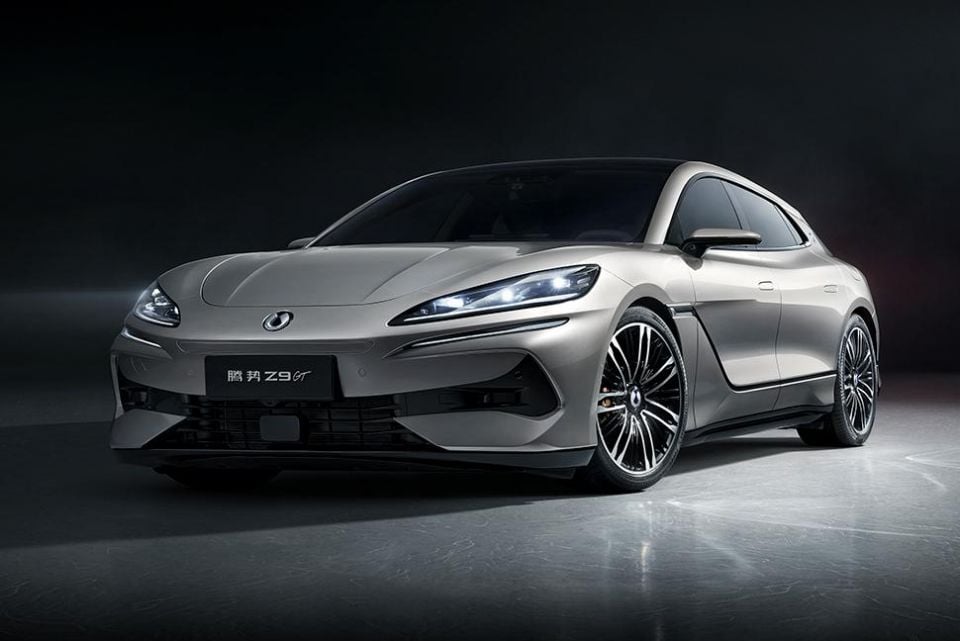
That’s it for the confirmed models coming to Australia, but we’ve also seen tech updates to cars like the Seal in China. Australian timings for such updates are unconfirmed.
There have also been reports of BYD’s next-generation Blade battery, which is said to be capable of powering a car to a driving range of more than 1000km.
Rumours have circled about BYD’s satellite brands too, which could include cars wearing the Denza nameplate making their way Down Under.
For now, BYD still has Tesla in its sights as it has set itself an annual Australian sales goal of 50,000 units by the end of 2025, which would see it surpass the American brand in Australia and enter the top 10 local car brands.
Interested in a BYD? CarExpert’s specialists can help get you in touch with a dealer.
MORE: Everything BYD
Take advantage of Australia's BIGGEST new car website to find a great deal on a BYD.
Max Davies is an automotive journalist based in Melbourne, Australia. Max studied journalism at La Trobe University and stepped into the automotive world after graduating in late 2023. He grew up in regional Victoria, and with a passion for everything motorsport is a fan of Fernando Alonso.


Jack Quick
8.4
5 Days Ago
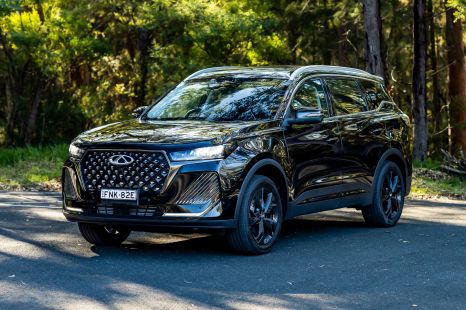

Matt Campbell
8.1
4 Days Ago
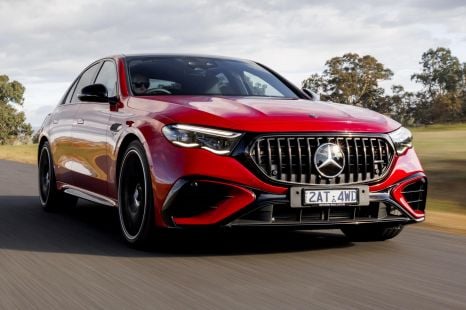

Max Davies
8
3 Days Ago
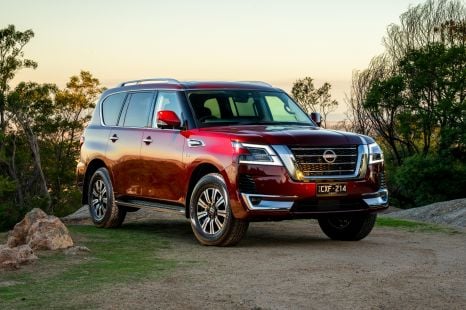

James Wong
8.1
2 Days Ago
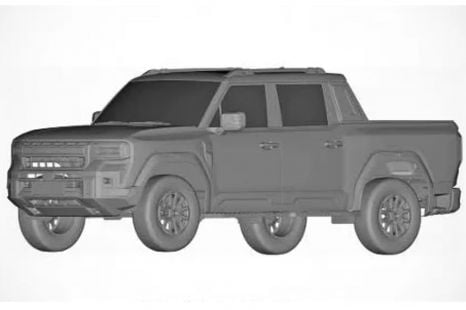
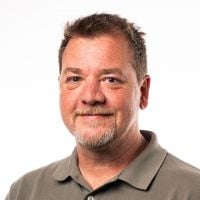
Marton Pettendy
1 Day Ago


CarExpert.com.au
1 Day Ago